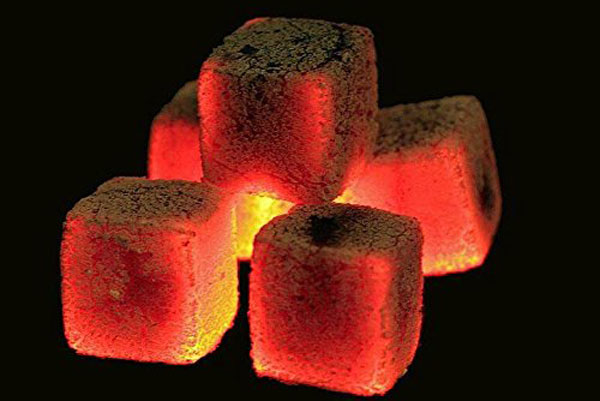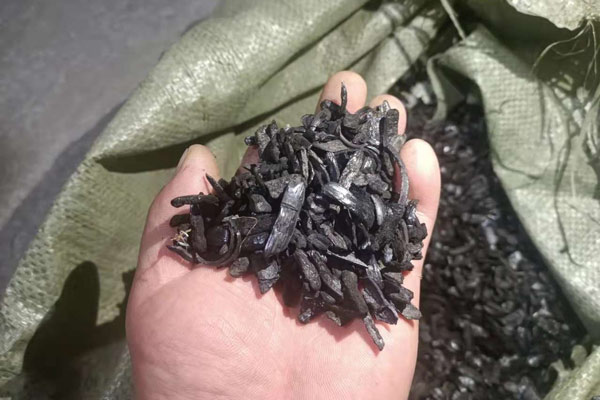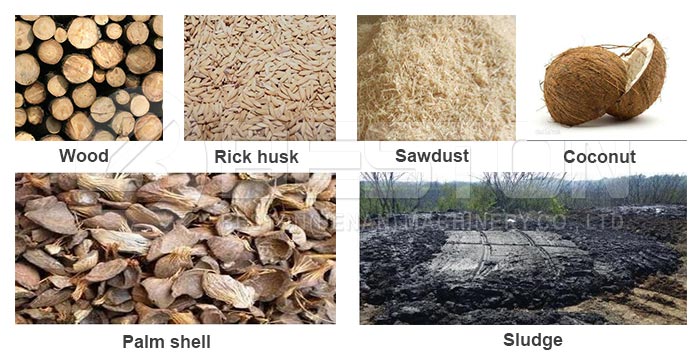Charcoal, often associated with grilling and heating, has a hidden side – one that sparks creativity and serves as a powerful medium for artists. The world of art and charcoal is a dynamic blend of old-world traditions and innovative techniques. Let’s dive into the intriguing realm of charcoal artistry and explore how this humble substance transcends its utilitarian roots.

The Charcoal Canvas: A Unique Medium
When it comes to charcoal artistry, the medium is, quite literally, the message. The use of charcoal as an artistic tool dates back centuries, with its roots in early cave paintings. Its unique attributes make it an appealing choice for artists looking to create striking and expressive pieces.
The deep, velvety blacks that charcoal which produced by carbonizing machine can achieve provide an unparalleled richness and contrast in drawings. Artists harness the smudgeable nature of charcoal to create soft gradients and bold lines, offering a wide range of expression.
Charcoal Pencils and Sticks: Versatility Unleashed
Artists employ various forms of charcoal for their creative pursuits. Charcoal pencils offer precision and control, making them ideal for detailed work. These pencils provide fine lines that can capture intricate facial expressions or delicate textures with finesse.
On the other hand, charcoal sticks unleash a broader, more expressive stroke. Artists often favor these sticks for creating bold, gestural marks, capturing the essence of a subject in a few swift movements. This versatility allows artists to choose the tool that best suits their artistic vision.
Sculpting with Charcoal: A Different Dimension
While we often think of charcoal as a 2D medium, it has found a unique place in the world of sculpture. Artists use charcoal to make preliminary sketches and plans before embarking on the carving of wood, stone, or other materials.
The smudgeable nature of charcoal allows for easy adjustments and experimentation in the early stages of sculpting. It’s a valuable tool for visualizing the three-dimensional form of a sculpture and ensuring that every curve and contour is just right.
The Charcoal Challenge: Erasure and Precision
One of the most captivating aspects of charcoal artistry is the constant interplay between creation and erasure. The artist, armed with charcoal, can build up layers of darkness, then selectively erase or smudge to reveal light. This dynamic interaction is an integral part of the creative process, enabling artists to refine their work with precision.

Blurring the Lines: Charcoal and Other Media
Charcoal from biomass pyrolysis plant doesn’t operate in isolation in the art world. It often joins forces with other mediums to create striking visual effects. When paired with ink, pastels, or even acrylics, it can add depth and texture to a piece.
For example, a combination of charcoal and pastels can result in a piece that exhibits soft, dreamy qualities while maintaining the boldness of charcoal’s deep blacks. This interplay allows artists to explore the boundaries of traditional art forms.
Chiaroscuro: The Play of Light and Dark
The use of charcoal in art often centers around the principle of chiaroscuro – the contrast between light and shadow. Artists leverage charcoal’s capacity for creating intense black tones, which, when paired with well-placed highlights, adds a three-dimensional quality to their work.
This technique has been a hallmark of many famous works of art, including the sketches of Leonardo da Vinci and the drawings of Rembrandt. It’s a testament to the enduring appeal of charcoal artistry in the portrayal of form and depth.

Exploring the Unconventional: Biochar in Art
In the realm of sustainability and creativity, a relatively recent innovation has taken root – the use of biochar in art. Biochar is a type of charcoal produced from organic waste by biochar equipment, like agricultural residues. Artists are increasingly drawn to this eco-friendly material, finding novel ways to incorporate it into their works.
Biochar offers a unique texture and earthy quality that traditional charcoal may lack. Artists are experimenting with incorporating it into paintings, sculptures, and even pottery, creating a connection between art and environmental consciousness.
Charcoal Artistry in the Digital Age
In today’s digital world, charcoal artistry has also found its place. Digital artists often use specialized brushes and software to replicate the look and feel of traditional charcoal in their creations. This fusion of technology and tradition allows for a broader exploration of artistic possibilities.
You can get more information about charcoal and biochar in Beston Group. Welcome to your visit.

